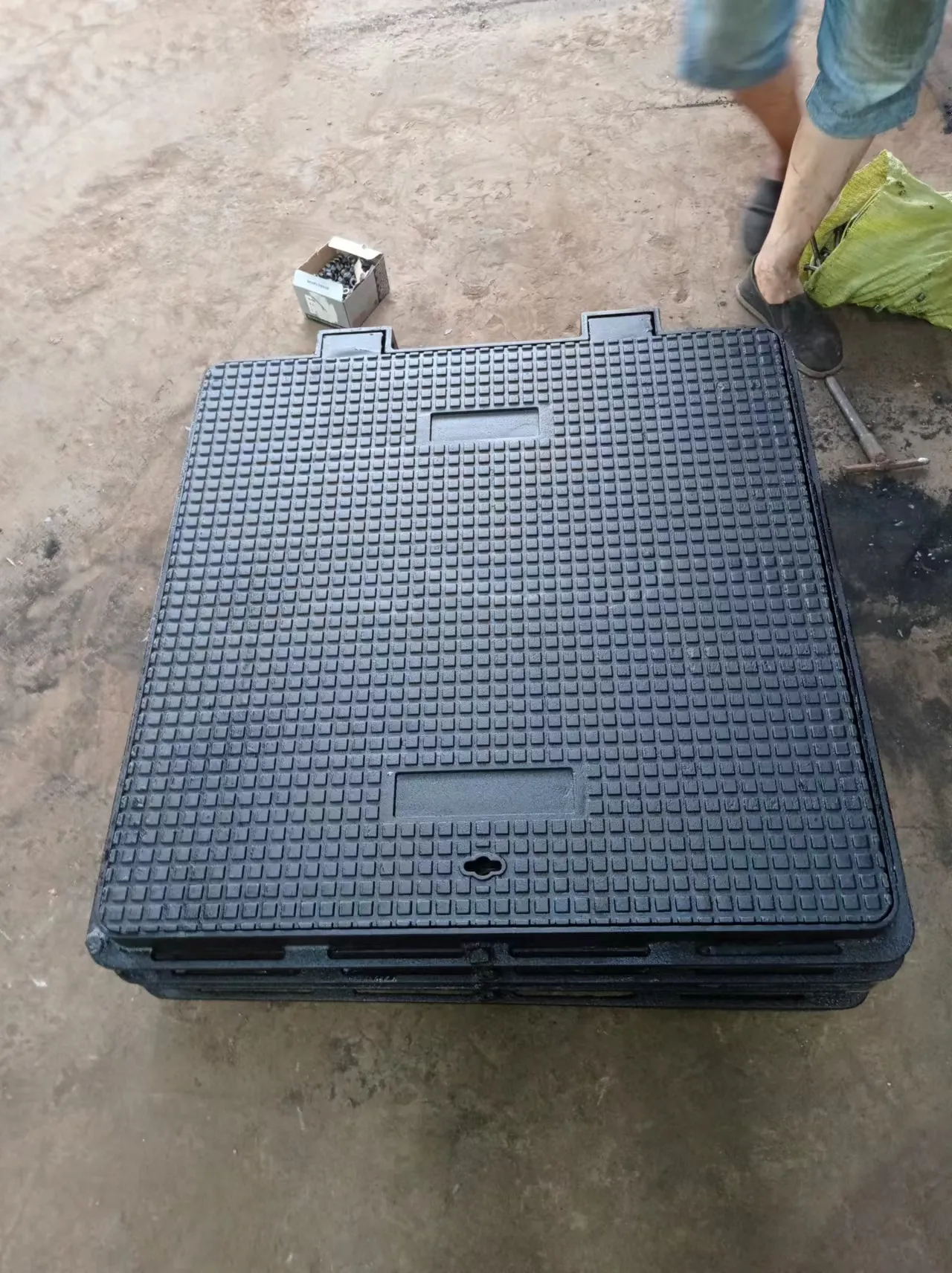Air Valve Functionality in Water Pipeline Systems and Their Importance
Understanding Air Valves in Water Pipelines
Air valves are crucial components in water pipeline systems, designed to manage the air within these conduits efficiently. Their primary functions encompass air release, air intake, and preventing the formation of vacuum conditions that could lead to significant operational problems. In this article, we’ll delve into the roles, types, and importance of air valves within water pipelines, along with their implications for system efficiency and maintenance.
The Role of Air Valves
Water pipelines are susceptible to the accumulation of air which, if not managed properly, can have detrimental effects. When air is trapped in a pipeline, it can cause water hammer—a loud, acute noise created by suddenly stopped water flow, which can lead to equipment damage. Furthermore, the presence of air can hinder the normal flow of water, leading to inefficient system performance. Air valves play an essential role in mitigating these issues by allowing the safe release or intake of air as necessary.
There are primarily two types of air valves found within water pipelines air release valves and vacuum valves.
1. Air Release Valves These valves automatically release air that has accumulated in a water pipeline during regular operation. When water enters a pipeline, any trapped air needs to escape to avoid pressure build-up. The air release valve opens automatically when air is present and closes as soon as water reaches the valve, thereby ensuring that water flow is uninterrupted and it does not expose the pipeline to adverse pressure conditions.
2. Vacuum Valves These are designed to prevent the formation of a vacuum in the pipeline. When water flows rapidly through the pipeline, it can create a drop in pressure, leading to a vacuum condition. This vacuum can potentially cause collapse of the pipeline. Vacuum valves mitigate this risk by allowing air to enter the pipeline when the pressure drops below atmospheric levels.
Importance of Air Valves in Water Pipeline Systems
The primary importance of air valves lies in their ability to maintain efficient water flow and protect the structural integrity of the pipeline. In systems without adequate air valves, trapped air can result in
air valve in water pipeline

- Reduced Efficiency Air pockets can obstruct water flow, which necessitates higher energy consumption from pumping stations to maintain the required flow rates. This increased energy use translates to higher operational costs.
- Increased Maintenance The presence of air-related issues often leads to more frequent maintenance needs. With air valves in place, these maintenance intervals can be extended.
- Risk of Damage Water hammer and vacuum conditions can cause severe damage to both the pipeline and associated equipment, leading to costly repairs and downtime.
Installing Air Valves
The installation of air valves requires careful consideration of pipeline design and operational conditions. Factors such as pipe diameter, length, and the type of water system can dictate the number and size of valves needed. Consequently, engineers often conduct detailed analyses to ensure that air valves are strategically placed to capture and release air at the most critical points of the pipeline.
Proper maintenance and periodic inspection of air valves are equally essential. While these components are designed to operate autonomously, wear and corrosion can occur over time, diminishing their effectiveness. Regular maintenance checks can help identify potential issues before they escalate into major problems.
Conclusion
Air valves are integral to the effective management of air in water pipeline systems. They not only enhance the efficiency of water transport but also play a crucial role in preventing damaging conditions caused by air entrapment and vacuum formation. As water systems continue to evolve, optimizing the use of air valves will remain a key strategy for ensuring reliability and sustainability in water distribution networks. For water utilities, investing in quality air valves and maintaining them diligently is an investment in the longevity and efficiency of their infrastructure, ultimately ensuring that water supply systems function smoothly for years to come.
-
The Smarter Choice for Pedestrian AreasNewsJun.30,2025
-
The Gold Standard in Round Drain CoversNewsJun.30,2025
-
The Gold Standard in Manhole Cover SystemsNewsJun.30,2025
-
Superior Drainage Solutions with Premium Gully GratesNewsJun.30,2025
-
Superior Drainage Solutions for Global InfrastructureNewsJun.30,2025
-
Square Manhole Solutions for Modern InfrastructureNewsJun.30,2025
-
Premium Manhole Covers for Modern InfrastructureNewsJun.30,2025
